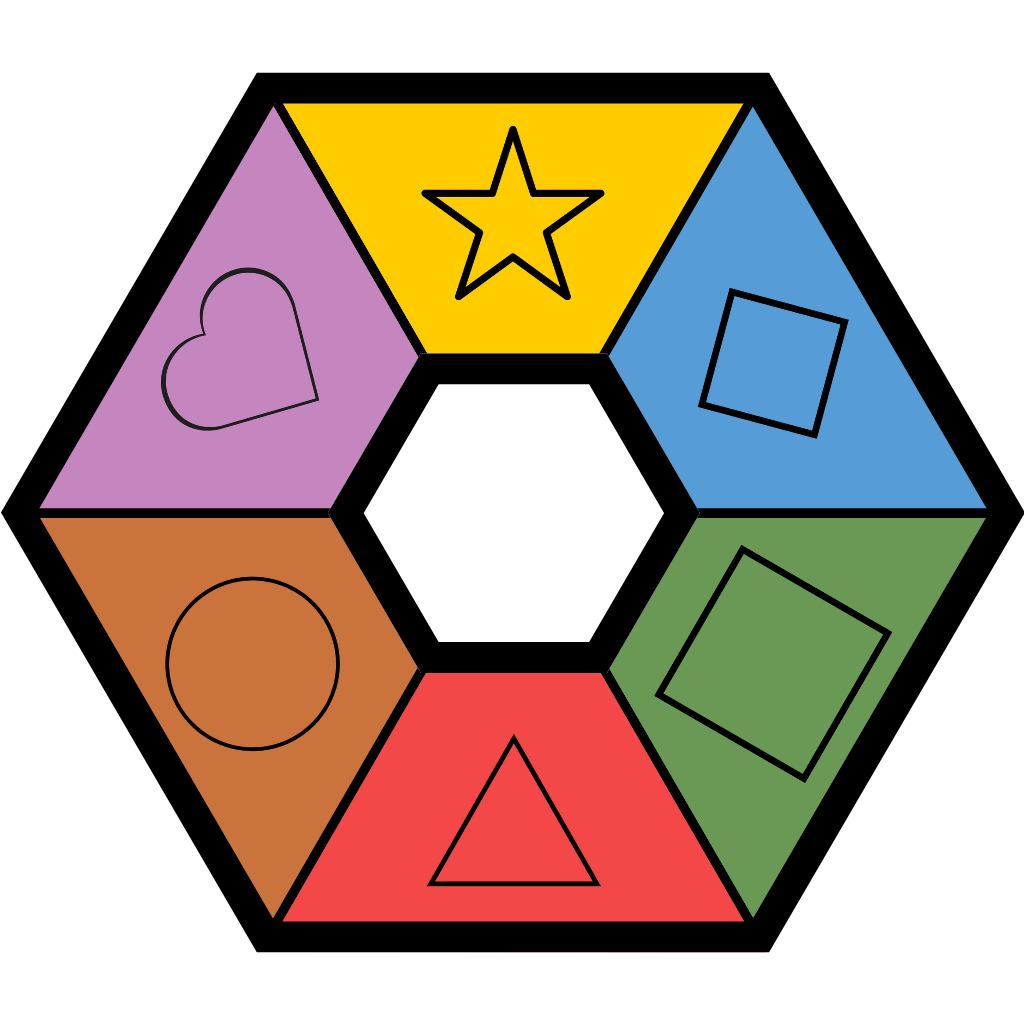💜
Factors to induce CognitiveEase:
ClarityEase
- TicMark
- ChalkSmear
- CrackSystem
- RouteLine.ClarityEase((WallCorner, WallCrack) < (“Zigzag on FaceWall”))
GoodEase
“On a roll”
RepetitionEase
RepeatedPhrase
Klimber performs a Phrase so many times that they no longer need to consciously think about what they’re doing
“On autopilot”
“My brain just shut off”
“I went into full blackout mode”
RehearsedMovement
- AdamOndra climbing the Routes with Klaus Isele, who mimics the ViaSurfaces.
- [Silence | World's Hardest Route 9c | Adam Ondra](https://youtu.be/ZRTNHDd0gL8?t=560)(9:20)
- Adam Ondra #39: Visualization: A Crucial Part of Climbing
- Miming
- AdamOndra climbing the Routes with Klaus Isele, who mimics the ViaSurfaces.
PrimingEase
- Miming
- SpeedClimbing
CognitiveEase is Perceived by:
Quote
“Easy”
“Easier”
“Easiest”
FeelsTrue
- Correct
- Right
- True
“That [Movement, Phrase, Sequence] feels like it will work”
FeelsEffortless
- Efficient
- Elegant
- FlowState
“Flowing up the route”
“Flying up the route”
FeelsGood
- Comfortable
“In your comfort zone”
“Within your climbing ability limit”
“That felt good”
Joy
“Feels fun”
“Feels amusing”
- Amusement
FeelsFamiliar
- HomeGymAdvantage
- Analogy
“I’ve done a similar movement to this before”
Thinking Fast and Slow
- In 2011 Daniel Kahneman framed a way to understand cognition in Thinking Fast and Slow. In the book he splits cognition into two systems, System1 and System2.
- Here are some video explanations of the two systems.
System 1 (Fast Thinking)
Characteristics of System 1 (Fast Thinking)
- ThinkingFastAndSlow page 105
- generates impressions, feelings, and inclinations; when endorsed by System 2 these become beliefs, attitudes, and intentions
- operates automatically and quickly, with little or no effort, and no sense of voluntary control
- can be programmed by System 2 to mobilize attention when a particular pattern is detected (search)
- executes skilled responses and generates skilled intuitions, after adequate training
- creates a coherent pattern of activated ideas in associative memory
- links a sense of cognitive ease to illusions of truth, pleasant feelings, and reduced vigilance
- distinguishes the surprising from the normal
- infers and invents causes and intentions
- neglects ambiguity and suppresses doubt
- is biased to believe and confirm exaggerates emotional consistency (halo effect)
- focuses on existing evidence and ignores absent evidence (WYSIATI) generates a limited set of basic assessments
- represents sets by norms and prototypes, does not integrate
- matches intensities across scales (e.g., size to loudness)
- computes more than intended (mental shotgun)
- sometimes substitutes an easier question for a difficult one (heuristics)
- is more sensitive to changes than to states (prospect theory)* overweights low probabilities*
- shows diminishing sensitivity to quantity (psychophysics)*
- responds more strongly to losses than to gains (loss aversion)*
- frames decision problems narrowly, in isolation from on another”
Examples of System 1 (Fast Thinking)
Determine that an object is at a greater distance than another
Localize the source of a specific sound
Complete the phrase "war and ..."
Display disgust when seeing a gruesome image
Solve 2+2=?
Read text on a billboard
Drive a car on an empty road
Think of a good chess move (if you're a chess master)
Understand simple sentences
Associate the description 'quiet and structured person with an eye for details' with a specific job
CoordinationMoto
- RapidCognition
- ReflexMovement
- ContactStrength
- HandCatch
- FootCatch
Intuition
- OnsightAttempt
System 2 (Slow Thinking)
Definition(Deliberate)
- To think about or discuss issues and decisions carefully.
Lazy Controller
- Complacency
- Substitution
- Thinking about hand placement instead of TorsoPosition, ShoulderPosition, ElbowPosition. Deadpoints rely on the Proprioceptive ability to attain optimal BodyPosition more than Muscle or Acceleration.
- KlimberPosition = Requires(Proprioception)
- (“Optimization of movement” < MotoIntensity(++))CognitiveEase\MotoComplexityLow
- Increasing MotoIntensity is a cognitive action.
- Thinking about hand placement instead of TorsoPosition, ShoulderPosition, ElbowPosition. Deadpoints rely on the Proprioceptive ability to attain optimal BodyPosition more than Muscle or Acceleration.
Examples of System 2
Prepare yourself for the start of a sprint
Direct your attention towards the clowns at the circus
Direct your attention towards someone at a loud party
Look for the woman with the grey hair
Try to recognize a sound
Sustain a faster-than-normal walking rate
Determine the appropriateness of a particular behavior in a social setting
Count the number of A's in a certain text
Give someone your telephone number
Park into a tight parking space
Determine the price/quality ratio of two washing machines
Determine the validity of a complex logical reasoning
Solve 17 × 24
BETATHLONlexity
RouteRedHerring
WYSIATI
What You See Is All There Is
HiddenHold
Onsight
I didn't even know that was possible until I saw you do it
